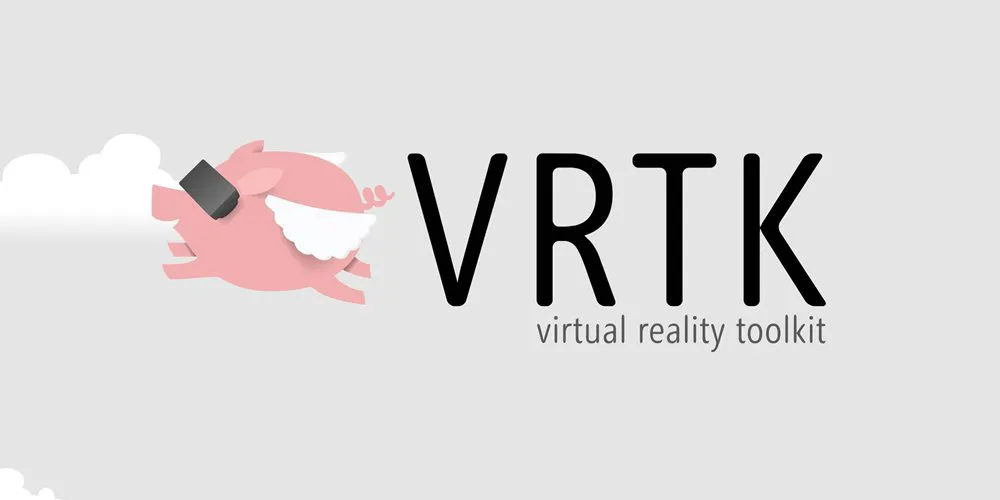VRTK is a VR framework designed to allow developers to add interactivity to their apps & games without coding the physics of these interactions from scratch. This month the beta for version 4 released. Version 4 is a complete rewrite of the framework. It brings numerous improvements including making it more modular and more hardware agnostic.
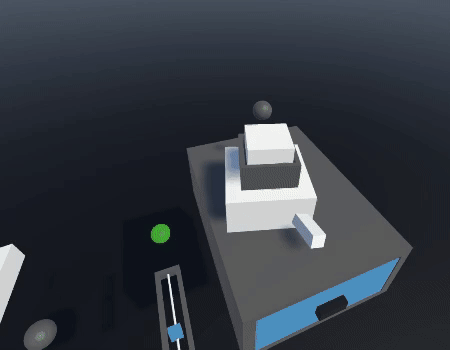
VRTK’s Humble Origins
In April 2016, Harvey Ball got his HTC Vive. But when he wanted to develop for it, he noticed that there was no general framework for VR interactions. From his bedroom in the UK, he decided to make one- he called it SteamVR Unity Toolkit. It let developers easily add teleportation and object grabbing to their games.
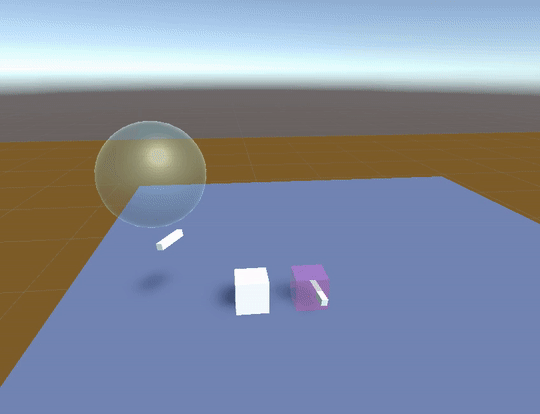
The toolkit quickly became the most popular Unity VR framework with thousands of developers using it. It had become so popular that during the launch of the Oculus Touch controllers Facebook sent Harvey a Rift and Touch for free in order to add support. With the toolkit now being cross-platform, it was renamed to VRTK.
As an open source project, the community added many features, such as climbing, new grabbing mechanics, and archery physics.
Problems Emerge
VRTK was starting to show fundamental architectural problems. Harvey had originally built it on top of the SteamVR Plugin- the Oculus integration for example was just an abstraction layer. If the SteamVR Plugin had a major update (and it did eventually) VRTK would break, and supporting future hardware would require ever more complex abstraction layers. It became clear that VRTK needed to be rewritten from the ground up to be easier to use, more modular, and truly hardware agnostic.
Such an enormous task would require hiring developers- and that requires money. Harvey tried launching a Kickstarter campaign, but it failed to meet its goals. Some even accused him of trying to “cash in”. Next, he tried Patreon- but that too failed to generate the level of funding needed, Harvey claims. He also claims that Valve Corporation declined to support VRTK due to being considered a competitor.
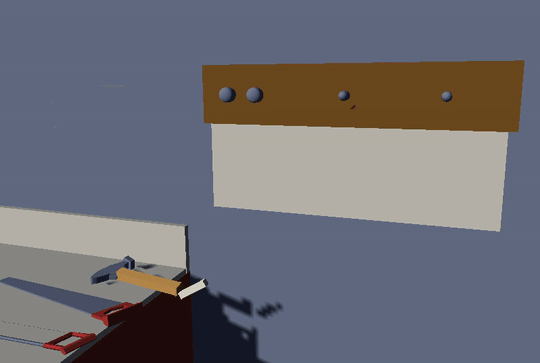
Throughout 2017, Harvey had to pour his own money into keeping up development on VRTK. The overwhelming task of documentation, tutorials, and supporting developers slowed the development to a crawl. Worse, VRTK was being blamed for enabling the many “asset flip” titles flooding the Steam marketplace.
In December, Harvey decided that he had had enough, deciding to stop development of VRTK. The lack of funding and scale of negativity had reached its limit.
Oculus To The Rescue
In January 2018, Harvey received an email from Oculus VR, LLC. They had heard of the demise of VRTK and wanted to provide the funding necessary to continue development. Harvey was skeptical, thinking that Oculus would want to decimate the principles of VRTK or make it exclusive.
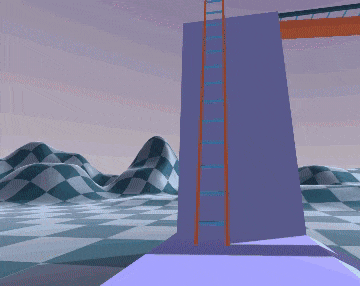
His skepticism turned out unfounded however. Oculus offered a 6-month full grant with no conditions attached. With this funding, Harvey was able to continue development of VRTK, and so v4 was born.
The funding was used to take on dedicated community member Christopher-Marcel Böddecker as a full time developer.
v4: A Rewrite
VRTK v4 is a completely hardware agnostic rewrite. In fact, it’s theoretically now engine agnostic, so it could even support Unreal Engine in the future. Instead of a single script as in v3, v4 now uses prefabs containing simple scripts. Whereas v3 would often require custom code to achieve seemingly simple tasks, v4’s modularity means tasks such as a pump action shotgun can be achieved with just configuring existing components.
This new modularity also means that v4 can support augmented reality devices in future.
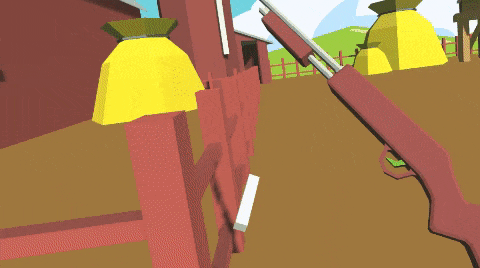
The old video tutorials, which became outdated quickly, have now been replaced with VRTK Academy, a full documentation wiki maintained by both VRTK developers and the community.
While v4 is in beta, the VRTK team claims it isn’t buggy and recommends any developers use it rather than v3 for current & future projects. It can be found on GitHub. Note that there are no v4 releases yet, so you’ll need to pull the project.
With the Oculus grant being only 6-months, VRTK is still in need of funding. If you want to support their project, you can contribute to their Patreon.

